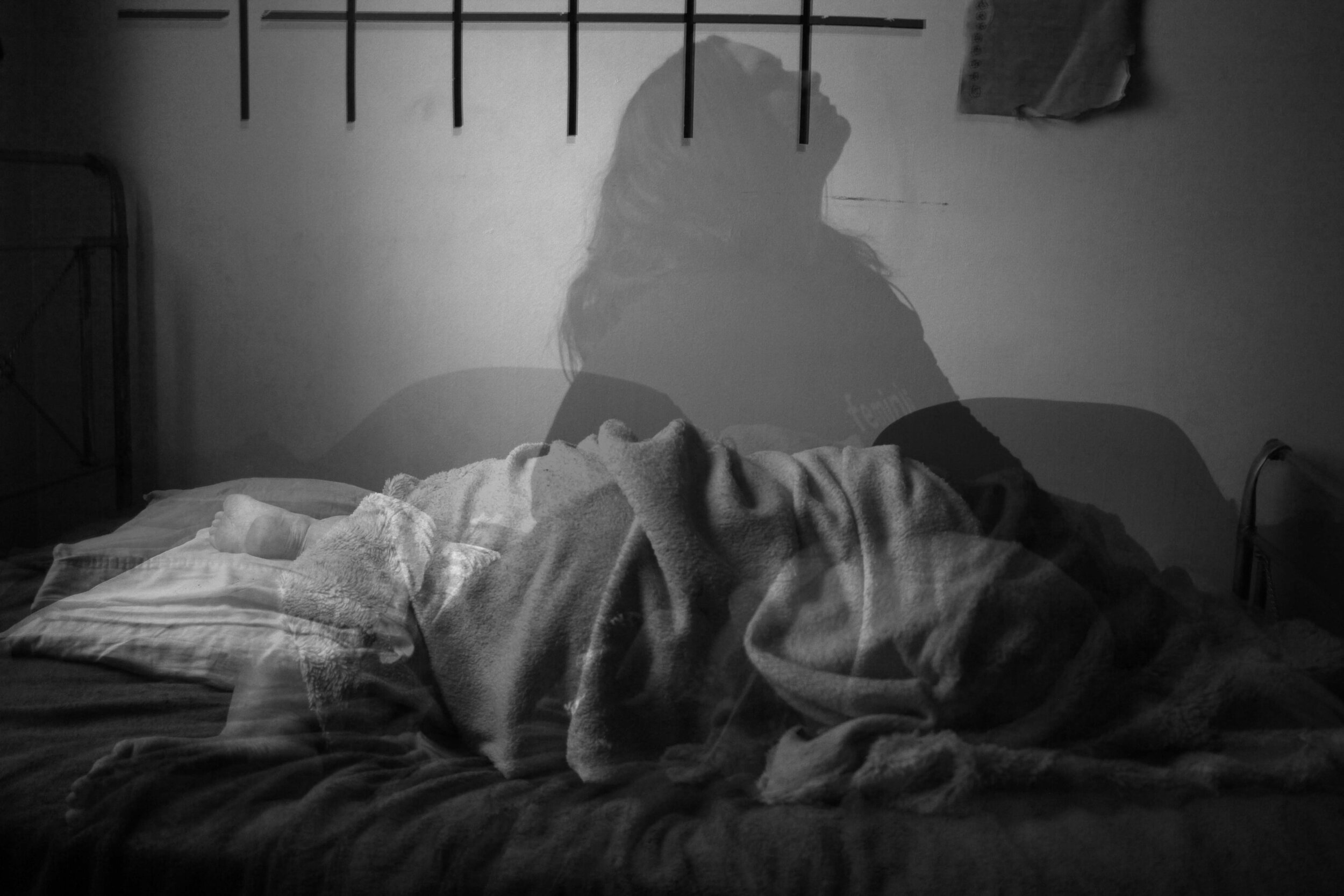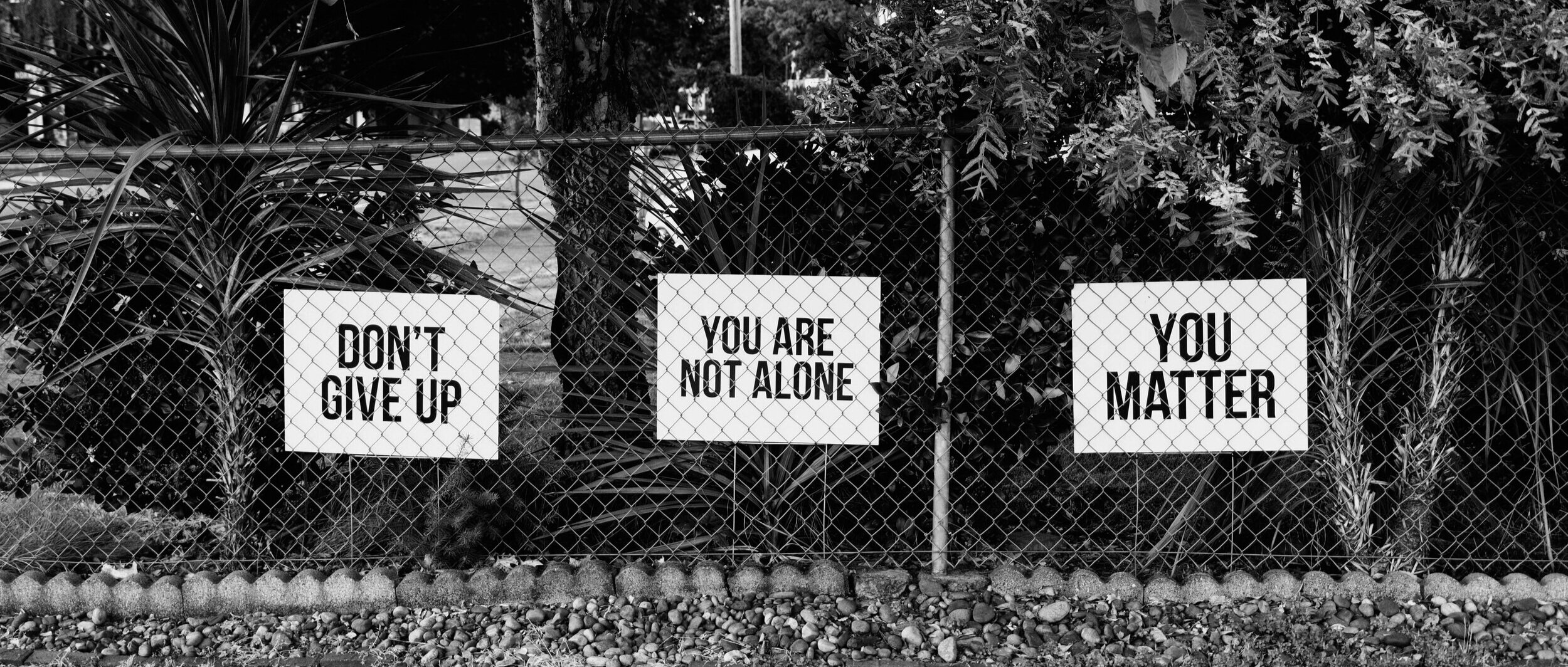Can CBT help depression?
Depression is a condition that - despite many people having heard of it - is widely misunderstood and, for some people, can therefore still carry the stigma of shame and embarrassment.
The purpose of this article is to shed light on some of the ways how and some of the reasons why depression might show up in a person’s life, and how Cognitive Behaviour Therapy (CBT) can help somebody who is depressed.
To do this, we will be looking at a real-life client story. We are legally and professionally bound by strict confidentiality rules, so as you will see, anything that could possibly identify the person has been removed from this article. The client has given permission for their story to be told in the hope it may help others.
We have removed all personal details and are only discussing the very broad underlying themes and issues of the case in order to illustrate one example of treatment for depression.
Depression can make life feel flat and grey.
This person came to see us a number of months after the death of a close family member. They were obviously grieving for their loved one, but for several months had been suffering from low mood to the point where they felt that what they were experiencing had gone beyond grief. They realised they didn’t want to get up in the mornings.
They were not suicidal, however they felt there were no ‘up’ moments in life; everything was ‘flat’ or ‘down’.
The trigger point came when they became unable to work - they simply became unable to function in their usual daily routine of getting up and going to work every day.
This routine had been the central form of structure in their life and when it collapsed, this prompted them to seek help.
How can CBT help with depression?
The person was not convinced that CBT was the way forward for them. They felt there was something fundamentally wrong with them that couldn’t just be fixed by talking to someone.
It’s easy to confuse a psychotherapy like CBT with “counselling” - and some medical professionals will use the terms interchangeably. Counselling and Psychotherapy are often considered to be interchangeable therapies that overlap in a number of ways. Counselling, in specific situations, is offered as part of the psychotherapy process; whereas a counsellor may work with clients in a psychotherapeutic manner.
The key difference between the two courses of therapeutic communication treatment lies in the recommended time required to see benefits. Counselling usually refers to a brief treatment that centres around behaviour patterns. Psychotherapy focuses on working with clients for a longer-term and draws from insight into emotional problems and difficulties.
Counselling can be very helpful for some people, who are in need of a safe space to talk about their problems and be properly listened to.
Psychotherapy is a step further than talking and listening. It is a form of treatment for mental health issues and problems and must be delivered by a trained and qualified psychotherapist.
Cognitive Behavioural Therapy is a focused therapy. It is a goal-oriented form of psychotherapy with a practical and problem-solving approach to issues which are causing distress.
What does CBT for depression look like?
We started by establishing the background of this person’s life - they had a high-pressure job, family responsibilities and had lost a close family member.
They held some guilt around the death and were obviously grieving for that person as well, so we had to start off by ‘normalising’ some of that - in other words, some of the low mood and distressing feelings were down to grief and it was OK to experience these things.
We started looking at what had brought this person to the point where they needed help. They were feeling down and stressed by work but the more they stayed off work, the more down and stressed they became.
This ignited thoughts in their head like: “I’m no use. What’s the point? I’ve let people down. I’m disappointed in myself.”
Their sleep became increasingly poor, either oversleeping or unable to sleep. They turned to comfort eating at inappropriate times, and not eating proper meals at mealtimes. During insomnia, they would go for walks to try and do something positive but found that their thoughts continued down a negative path.
“What’s wrong with me? Why am I such a loser? My life’s an absolute mess. How have I got to this point? I should be a very organised person.”
The cycle continued - it wasn’t just one thought or behaviour; it was a catalogue of thoughts which then escalated into lots more negative thoughts as the individual’s unhealthy behaviours became more ingrained.
It’s important to note that depression can have biological elements as well as psychological - when our bodies are unhealthy or malnourished, this can have an impact on how we think and feel.
Thoughts, feelings and behaviour are interconnected
The thoughts in our heads affect how we feel. Our feelings or emotions lead us to behave in certain ways. Our behaviour influences what we think about ourselves.
This ‘cycle’ of thoughts, feelings and behaviours makes up the CBT model. We are often unaware of this cycle as it is happening, but once a person in therapy can see and understand it, we can show them how to use it every day in their life to work through issues like depression.
This individual thought they weren’t good enough in their job and in their life - they were letting everyone down. As a result, they felt stressed and worthless. They then ate poorly and slept too much - trying to feel better, and also avoid the things which caused them distress.
This led to them thinking even more negative things - “My life is a mess!” - and feeling even more negative feelings. Their unhealthy behaviours became ingrained - eating poorly, oversleeping and suffering from insomnia, eventually becoming physically and psychologically unable to go to work.
When they were unable to go to work, they thought “Who will do my work if I can’t? What will people think of me?” This made them feel guilty and even more stressed.
This shows how negative thoughts can lead to depressive behaviours, and vice versa.
Interrupting the vicious cycle of depression
Having clarified the CBT model and how it applied to them, we worked on setting goals.
If you work with us, our therapists present you with the individual issues they have identified as leading to the problems you are experiencing. Then you are able to decide for yourself which of those you want to focus on.
This person identified a number of goals for their CBT journey and the overarching one was to feel better and happier. In order to achieve that, they broke the goal down further so that we could measure how they were feeling better or happier:
I want to go back to my job without feeling guilty or overworked
I want to sleep well
I want to think and feel positively about myself
Change your behaviour to change how you think and feel
In CBT, a cognitive approach focuses on the person changing something they think, and exploring how that makes them feel, and therefore act.
A behavioural approach encourages them to do something differently, and see what thoughts occur, and how this makes them feel.
Having worked and trained in both ways, we adopt a behavioural approach as we have found it to have the most impact in allowing a person to prove to themselves that life can get better.
We can choose to do something - even if we don’t feel like it or believe it will help.
We can simply agree that we will do it anyway. For this client, we took a detailed look at their week, and discovered that they were spending virtually none of that time doing anything for - or by - themselves. If they weren’t in work they were looking after other people.
We began by doing one small thing differently each day - the person sat for just ten minutes every single day having a cup of tea by themselves and doing nothing else.
They had to ignore any urges to pick up the phone, do the dishes or talk to anyone - just for those ten minutes every day.
They didn’t have to change their mind about themselves or their situation. They didn’t have to feel differently. They simply had to stick to it - doing this one thing every day.
Slowly but surely, they found they were beginning to enjoy their ten minutes and accepted they deserved that time to themselves. They began going for coffee with their friends again - which brought up new negative thoughts: “I’m meant to be off sick - I shouldn’t be off enjoying coffee while someone does my work!”
Using these small behaviour experiments we slowly unpacked patterns of thought and low self-worth that had been with this person throughout their life.
They felt overwhelmed at work because they didn’t feel they were good enough as a person in general. Unable to face up to that uncomfortable thought, their mind had entered the unhealthy negative cycle that forced them out of work with ill health - somehow this was ‘better’ than admitting they needed help.
Getting the right treatment for depression
This person had 15 weeks of therapy in total because, as we saw above - they had a big set of goals. Another person may just have decided “I want to be able to get back to work” and once they achieved that, they’d have accomplished their goal.
Cognitive Behavioural Therapy allows people with depression to identify the unwanted thoughts, feelings and behaviours they’re experiencing, and then allows them to define the outcome they want from their guided therapy.
It’s not a one size fits all approach. GPs have an important role to play in ensuring people are referred for the right type of help when they present with depression or depressive symptoms.
National Institute Clinical Evidence (NICE) - recommended stepped care approach provides guidance on how to recognise the appropriate first step to take. It takes into account the severity of what the person is experiencing, and what interventions have been tried for them already.
The idea is that you take them through a logical series of steps, beginning with the least intrusive method of help, and escalating upwards as needed until they reach the appropriate level of care.
We are more than happy to have a conversation with you on the most appropriate treatment for depression, whether you are a GP seeking help for a patient, or an individual seeking help for yourself or someone else.
Please feel free to get in touch and we will be happy to advise.




